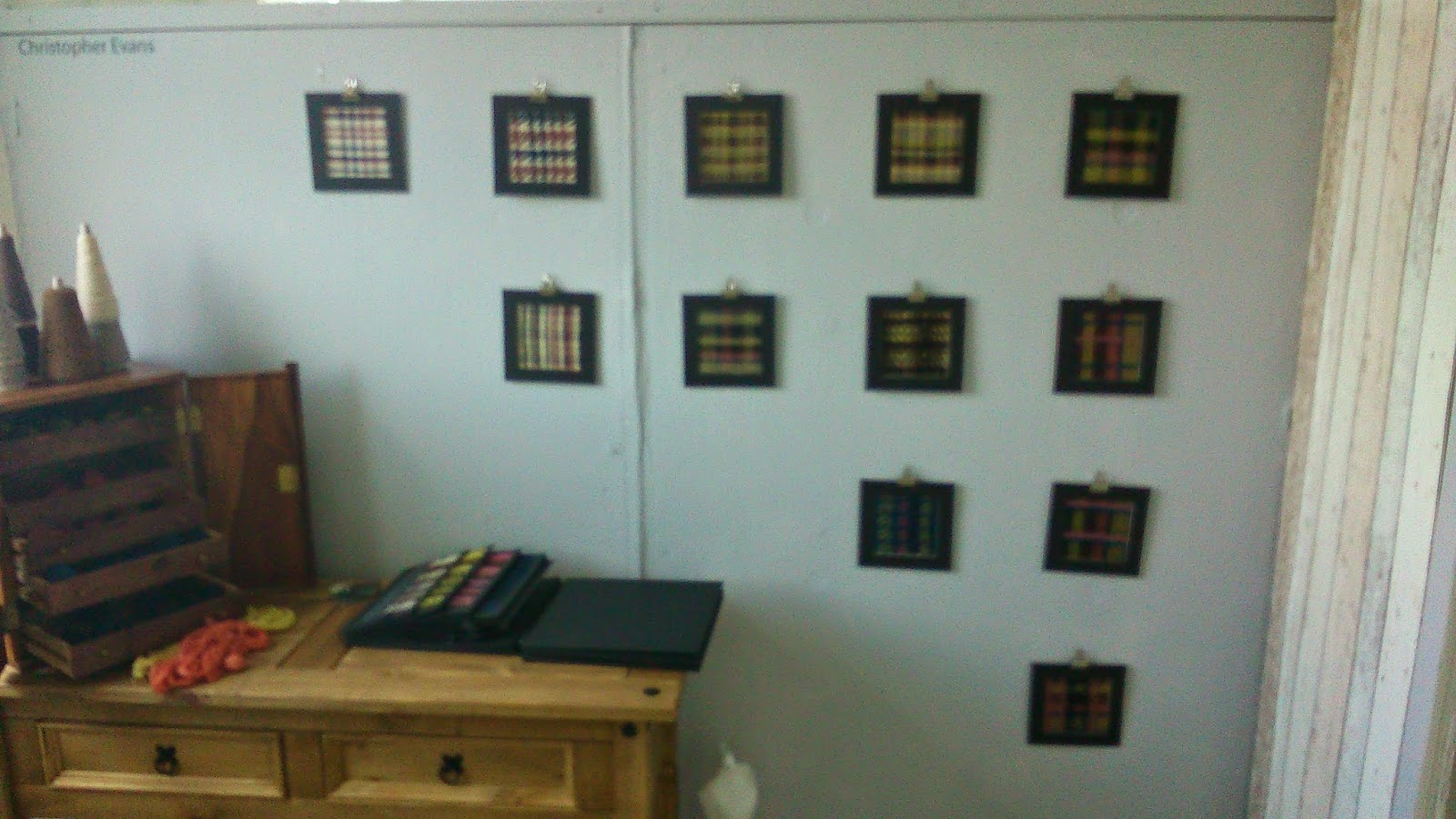The Roman Empire has always been famous
for the monuments of Rome and a prosperous Empire, spanning most of modern
Europe and the Mediterranean. So it is surprising to know that, in the 3rd
Century AD, a very serious financial crisis took place, caused by prolonged
civil wars and invasions. The Beau Street Hoard contains coins from a long date
range (32 BC - 275 AD) and so it tells the story of this crisis.
At the start of the Roman Empire the metal used to make coins was of very high quality. The silver coins issued by early Emperors (such as Augustus and Tiberius) contain around 98-100% silver. As time wore on however, the cost of maintaining a huge Empire put financial strain on the Emperors. Base metals, such as iron and copper, were added to the silver to make it less pure and cheaper to produce. This process is called debasement. By the start of the 3rd Century AD, only around 40% silver was being used to produce the main denomination of the period, known as the radiate.
At the start of the Roman Empire the metal used to make coins was of very high quality. The silver coins issued by early Emperors (such as Augustus and Tiberius) contain around 98-100% silver. As time wore on however, the cost of maintaining a huge Empire put financial strain on the Emperors. Base metals, such as iron and copper, were added to the silver to make it less pure and cheaper to produce. This process is called debasement. By the start of the 3rd Century AD, only around 40% silver was being used to produce the main denomination of the period, known as the radiate.
Things only got worse as the 3rd Century
progressed. The Romans faced threats from both the Northern and Eastern
Frontiers. The Northern frontier provinces, Gaul
and Britain, even formed a breakaway Empire. Severe financial strain, caused by
the cost of wars on the frontiers, meant that the silver content of the radiate
was reduced to less than 10%. Images of coins from the Beau Street Hoard show a
timeline of debasement in the Roman Empire.
As well as debased coins, unofficial
copies of the radiate are frequently found in Britain. These coins are known as
barbarous radiates. The
production of copies had always been a problem in the Roman Empire, but by the mid-3rd
Century AD it had become endemic. Presumably, when official supplies ran low,
coins were produced locally to meet demand.
There are examples of barbarous radiates from the Beau Street hoard and images taken by the Roman Baths U3A volunteers show just how different these copies were. As well as being smaller and thinner, barbarous radiates also have very poor quality images and inscriptions. It’s a wonder anyone was fooled at all!
An official coin of the Emperor Quintillus (270 AD) and an
unofficial copy (right) from the Beau St Hoard. The reverse of the coins shows Pax (Peace) holding a branch
and caduceus.
Emma, Future Curator




































